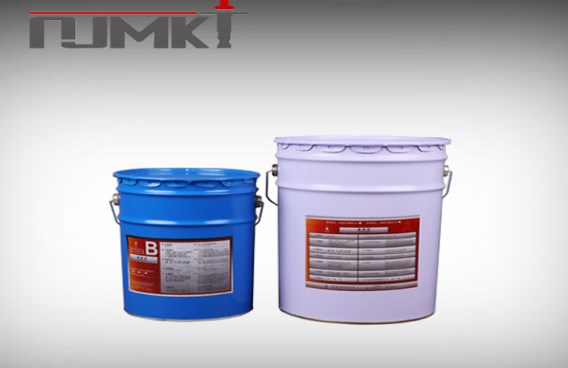Recently one of the readers has sent us a message: Does the floor with penetrating cracks need to be reinforced with carbon fiber cloth? Penetration cracks are one of the common diseases of concrete floors. They are common in older communities. The danger of penetrating cracks is that they will split the floor into several parts. Once it is split, it will not be able to work together. This will easily cause the weakness of floor loads. If the cracks are too large, there will also be security risks.
The penetration cracks in floor slabs are generally due to insufficient maintenance during construction. For example, if the water supply is not enough, concrete will crack easily after solidification. After appearing the penetration cracks, simple reinforcement with carbon fiber cloth is not enough. You must first use high-pressure grouting to repair cracks. Using high-pressure grouting of the sealing glue is to prevent cracks from affecting the external coating layer cracking, and then you can adopt carbon fiber cloth reinforcement. It can effectively increase the shear resistance of the floor slab to let the floor and carbon fiber cloth reintegrate into a whole, work together and increase strength.

The construction process of the slot filling glue:
1.Check and analyze cracks carefully to determine the position and spacing of grouting holes. Clean up the areas that need to be constructed and remove concrete deposits.
2. Use some drilling tools such as an electric hammer to drill holes along both sides of the crack. The diameter of the drill bit is 14mm, and the drilling angle is less than or equal to 45°. The depth of the hole is 2/3 of the thickness of the structure. The hole must pass through the crack. However, the structure shall not be pierced (excluding wall grouting) and the distance between the borehole and the crack shall be 1/2 of the thickness of the structure. The drilling distance is 20cm~60cm.
3. Install a grouting nozzle (also called a water stop needle) in the drilled hole and tighten it with a special allen wrench so that there is no gap between the grouting nozzle and the drill hole.
4. Use a high-pressure washer to inject clean water into the grout at a pressure of 3 Mpa. Observe the water point and clean the mud inside the joint.
5. Seal the surface of the cracks of the sewage with leveling glue to prevent the slurry from running.
6. Fill the grouting hole with a high-pressure grouting machine. The grouting sequence of the facade is from bottom to top; the plane can start from one end and the single holes continue one by one. When the adjacent hole begins to be out of slurry, keep the pressure for 3 to 5 minutes to ensure that the water in the joint can be drained. Then, the hole can be stopped grouting and change the adjacent grouting hole to be grouted.
7. After the grouting is completed, the exposed grouting nozzle can be removed or knocked off after 24 hours. Clean up the solidified and spilled grouting slurry.
8. Use leveling glue to repair and seal the grouting hole.
Nanjing Mankate has professional experience of solving the penetration cracks. The carbon fiber cloth and sealing glue are also very popular. If there is a need for crack repair, please call Mankate National Service Hotline 4008-894-5118 immediately!
Editor: Nanjing Mankate
Copyright belongs to www.njmkt.net, for reprint, please indicate the source!